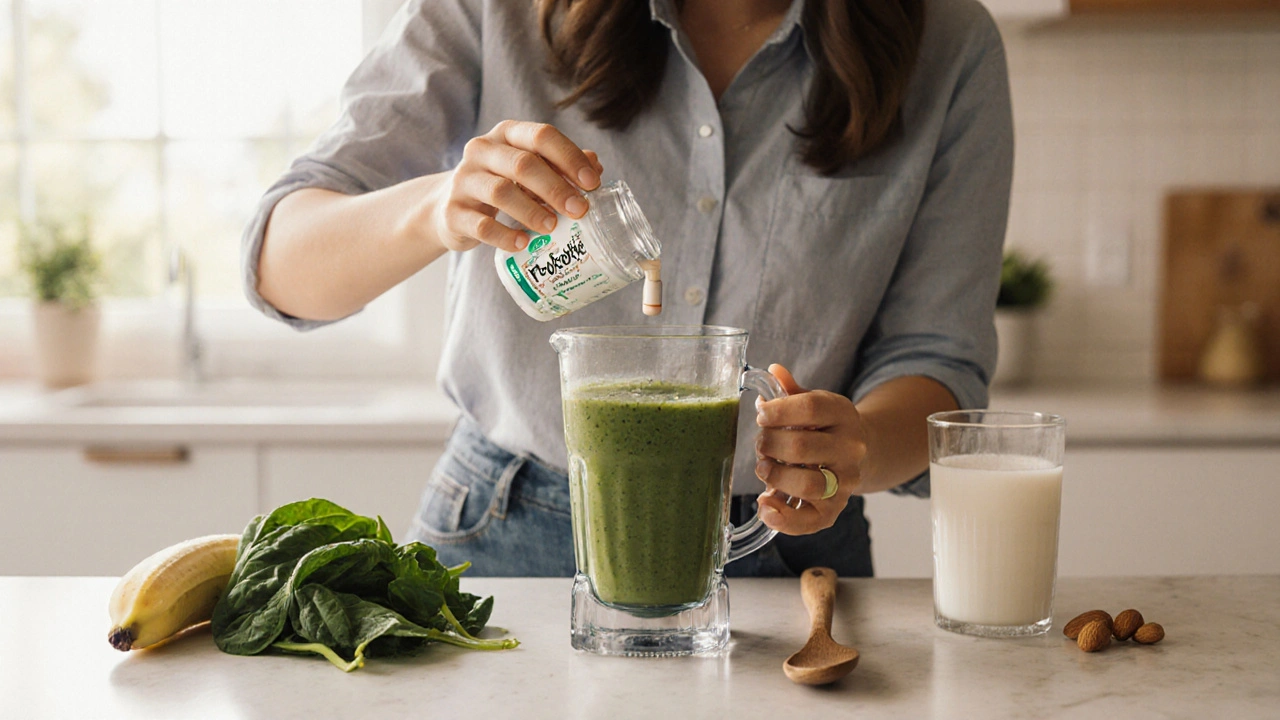Lactobacillus: What It Is, How It Helps, and What You Need to Know
When you hear lactobacillus, a group of beneficial bacteria commonly found in the gut and fermented foods. Also known as Lactobacillus species, it plays a key role in keeping your digestive system running smoothly and helping your body fight off harmful microbes. This isn’t just buzzword stuff—it’s science-backed, and millions of people rely on it every day to feel better from the inside out.
Lactobacillus is one of the most common types of probiotics, live microorganisms that provide health benefits when consumed. Also known as good bacteria, these tiny helpers live in your intestines, mouth, and even on your skin. They don’t just sit around—they actively compete with bad bacteria, produce natural acids that lower gut pH, and help your body absorb nutrients like calcium and B vitamins. You’ll find them in yogurt, kefir, sauerkraut, and supplements. And if you’ve ever felt bloated after a heavy meal or had trouble staying regular, lactobacillus might be part of the solution.
It’s not just about digestion. Studies show certain strains of lactobacillus help reduce the risk of diarrhea after antibiotics, ease symptoms of irritable bowel syndrome, and even support vaginal health by maintaining a healthy balance of microbes. Some research even links specific strains to improved immune response—like fewer colds or shorter illness duration. That’s why doctors often recommend probiotic supplements containing lactobacillus after a course of antibiotics, or for people with recurring digestive issues.
Not all lactobacillus is the same. There are over 200 known strains, and each one works a little differently. Lactobacillus rhamnosus GG, for example, is one of the most studied for preventing traveler’s diarrhea. Lactobacillus acidophilus is common in yogurt and helps with lactose digestion. Lactobacillus reuteri shows promise in reducing infant colic. The right strain matters—so if you’re trying a supplement, check the label. Look for the full name, not just "lactobacillus"—and aim for products with at least 1 billion CFUs per dose.
You don’t need to take pills to get it. Fermented foods like kimchi, miso, and plain unsweetened yogurt naturally contain live lactobacillus. But here’s the catch: pasteurization kills these bacteria. So if your yogurt is labeled "heat-treated" or "pasteurized after fermentation," it won’t help. Look for "live and active cultures" on the label. Same goes for pickles—only the ones in brine, not vinegar, contain real probiotics.
And while lactobacillus is generally safe, it’s not for everyone. People with weakened immune systems, those on long-term IV antibiotics, or those with severe pancreatitis should talk to a doctor first. In rare cases, it can cause infections. But for most healthy adults, it’s one of the safest and most effective ways to support gut health without drugs.
What you’ll find in the posts below is a collection of real, practical insights tied to lactobacillus and related health topics—from how it interacts with medications like antibiotics, to how gut health connects to everything from skin conditions to immune function. You’ll see how people use it, what works, what doesn’t, and what to watch out for. No fluff. Just facts you can use.

